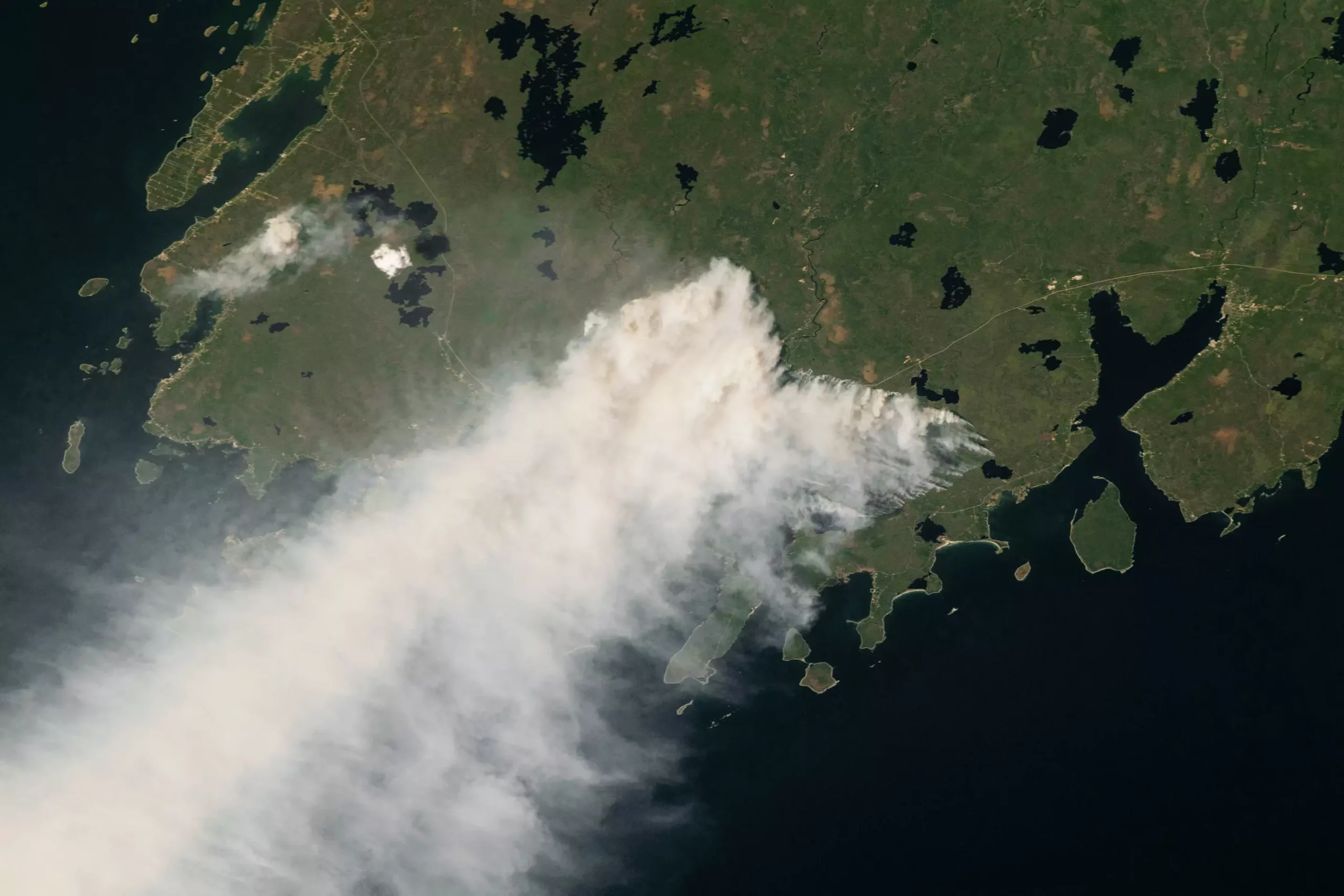Canada experienced its warmest and driest conditions in decades in 2023, leading to extreme forest fires that released approximately 640 million metric tons of carbon. This amount of carbon is comparable to the annual fossil fuel emissions of a large industrialized nation. The research, published in the journal Nature, was conducted by NASA scientists from the Jet Propulsion Laboratory in Southern California. The fires burned an area the size of North Dakota from May to September 2023, releasing more carbon than Russia or Japan emitted from fossil fuels in the entire previous year.
The carbon dioxide (CO2) emitted from both wildfires and fossil fuel combustion causes immediate warming, but there is a crucial difference. While the carbon emissions from forest fires can be reabsorbed by Earth’s ecosystems as the forest regrows, the CO2 emitted from fossil fuels does not have a natural offset. This distinction is essential in understanding the long-term implications of these fires on the environment and global climate.
The European Space Agency’s TROPOMI instrument observed the fire plumes over Canada, providing valuable data on the scale of carbon emissions from the wildfires. By measuring the amount of carbon monoxide (CO) in the atmosphere during the fire season, scientists were able to estimate the total CO2 emissions from the fires. This information highlighted the significant impact of the 2023 Canadian forest fires on carbon levels in the atmosphere.
The increase in the number, severity, and size of wildfires in recent decades can be attributed to various factors, including extended drought, past fire management strategies, invasive species, and urban sprawl into forested areas. Canada’s tinderbox conditions in 2023, with record temperatures and below-average precipitation, created ideal circumstances for intense wildfires. The warming trend, coupled with dry conditions, is expected to increase fire activity in the future.
If events like the 2023 Canadian forest fires become more common, they could have a significant impact on global climate. Canada’s vast forests act as a crucial carbon sink, absorbing CO2 from the atmosphere. However, the increase in fire activity may diminish the forests’ capacity to sequester carbon, potentially accelerating climate warming. Climate models suggest that the extreme conditions seen in 2023 could become the new normal by the 2050s, further exacerbating the risk of intense wildfires and their impact on the environment.
The extreme forest fires in Canada in 2023 have highlighted the potential consequences of climate change on wildfire activity and carbon emissions. As temperatures continue to rise and dry conditions persist, the likelihood of more frequent and intense wildfires poses a significant threat to global climate stability. It is crucial to address the underlying factors contributing to these fires and take proactive measures to mitigate their impact on the environment.


Leave a Reply